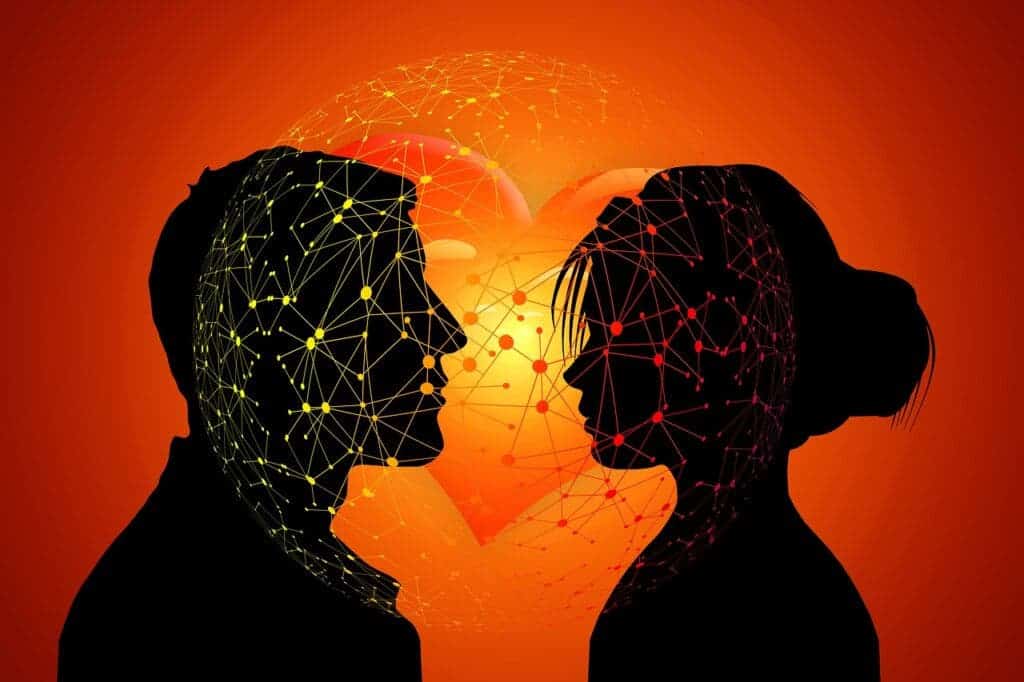
Physical distancing to curb the spread of the virus and dating are seemingly incompatible. However, you can still be social and meet new potential romantic partners remotely, which is why online dating apps and matchmaking sites are experiencing an exponential boost.
A survey performed by the Pew Research Center earlier this year found that 30% of American adults and 31% of internet users had used an app or dating service. Half of the respondents were under 30 years old.
About 12% of those surveyed said they had married or been in a committed relationship after meeting their partner through online dating.
For comparison, a similar Pew survey performed in 2013 found that just 11% of respondents had used a dating site or app and only 3% said they entered a long-term relationship after meeting their partner online.
During tough times, people get creative
During the pandemic, the usage of online dating apps like Tinder, Bumble, and Hinge grew even more. According to Dr. Jennifer Sims, who has been studying online dating patterns as part of her Sociology of Sexuality classes at the University of Alabama in Huntsville, this heightened activity that we’re seeing on online dating apps and sites will continue post-pandemic.
“Given the necessity for social distancing created by the coronavirus, it is likely that going forward this method of meeting and getting to know someone will increase even more,” Sims said in a statement.
“The percentage of people who date someone they meet through traditional avenues like friends or church was already decreasing before the pandemic,” she says. “Over the last few decades, meeting online has steadily increased. Given the necessity for social distancing created by the coronavirus, it is likely that going forward this method of meeting and getting to know someone will increase even more.”
According to Sims, many people who were used to meeting other singles in various venues, from bars to churches, or social scenes (college fraternities, volunteering, etc.), will transition to online dating and will continue using this medium to meet new potential partners even in post-pandemic times.
This is particularly true for marginalized groups such as LGBTQ Americans, racial minorities, and people with disabilities, the researcher added.
Once converted, it’s likely many will use online dating even after this current pandemic is over.
“As stay home orders are lifted, those who can afford it may cautiously venture out to the newly reopened venues,” says Dr. Sims. “But with so many Americans currently unemployed and so many still anxious about coronavirus, it is more likely that couples and singles will opt for at home or virtual date nights for a while,” Sims said.
But how does online dating reconcile with stay-at-home orders? In many ways, dating in the pandemic has adapted similarly to how work has shifted remotely.
Both couples who live apart and those who just started dating are making use of video platforms like FaceTime and Zoom to stay connected.
That being said, health should be a priority, which is why anyone who is currently using dating apps or sites should exercise caution.
If you come across a pushy individual who insists on meeting despite having made your boundaries and safety concerns clear, it’s perhaps for the best to cease contact with this person or at least rethink the relationship.
Dr. Louise O’Keefe of the University of Alabama’s Faculty and Staff Clinic recommends that people wait at least 15 days before meeting in person with someone from dating apps. When you do meet, consider safety measures such as masks and gloves.









